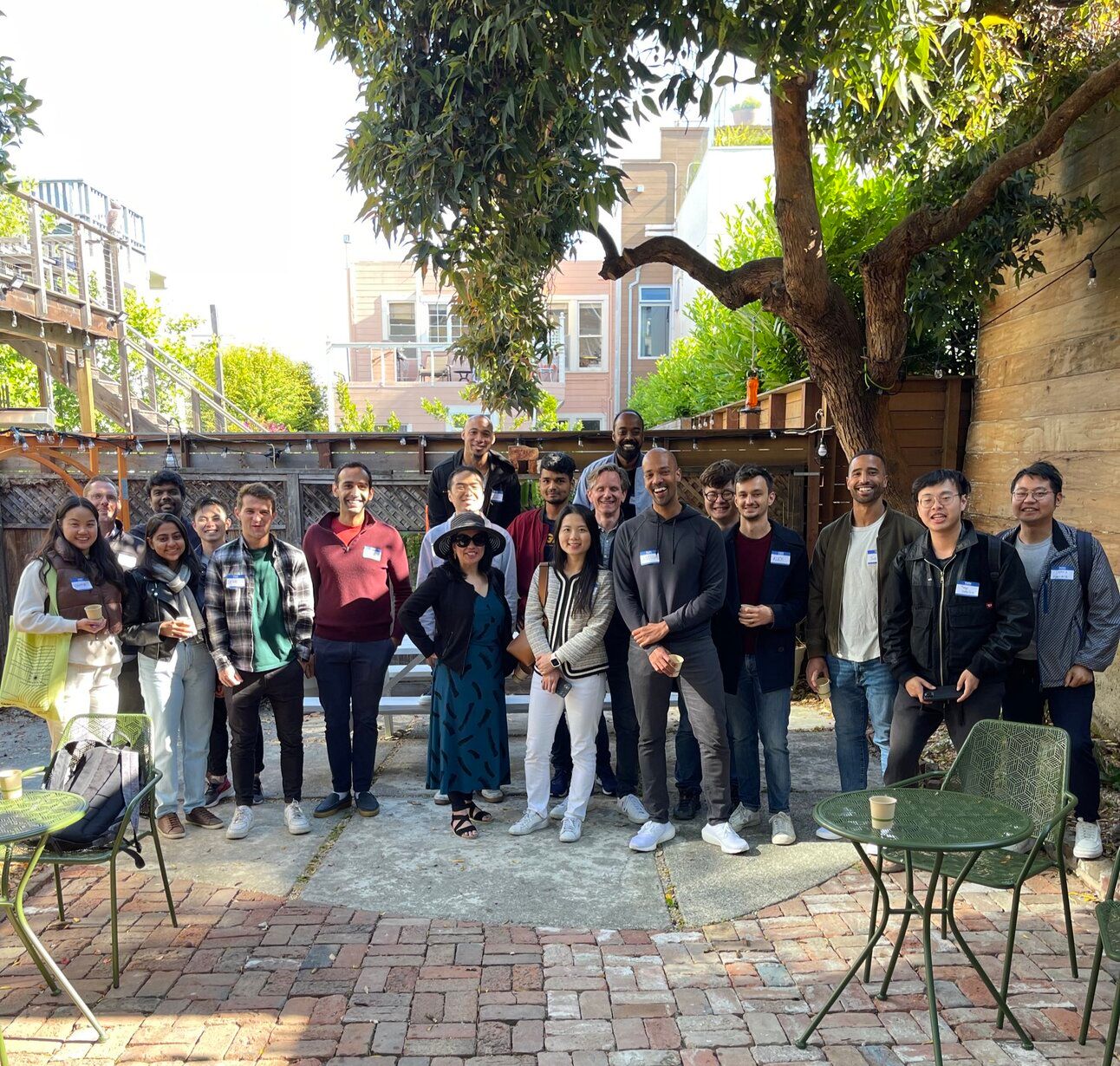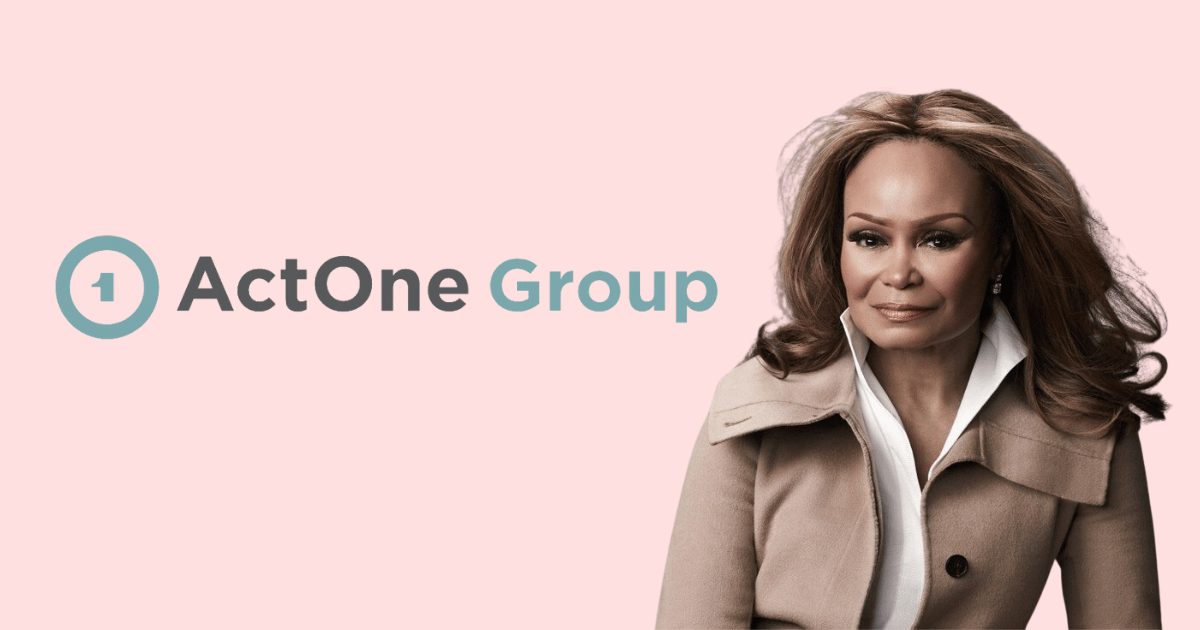- Just Go Grind
- Posts
- Janice Bryant Howroyd's Remarkable Success Story
Janice Bryant Howroyd's Remarkable Success Story
Building The ActOne Group Into a $1 Billion Company

Hey there my friend, Justin here, and welcome to the first 🔒 premium subscriber-only edition 🔒 of Just Go Grind. I spend 20+ hours researching and writing about one world-class founder each week, sharing their story and best insights with you. Thank you to the 933 of you who joined since the last edition and all 15,566 subscribers!
Quick Updates
I hosted a fun coffee meetup in SF at NEON, a new workspace that just opened at the beginning of June!

Next up, I’m hosting another LA coffee meetup on July 11th!
I’ll always send out updates on new events in this newsletter and premium subscribers will have priority access.
Janice Bryant Howroyd

Janice Bryant Howroyd (JBH) is the first African-American woman to start a billion-dollar business when she reached that milestone in 2018.
She went from growing up poor in the South to becoming one of the richest self-made women in America.
Not only has she built a great business, but she’s made an incredible impact along the way, consistently lifting up others and giving back.
Her story showcases the value of resilience, how going above and beyond for customers pays off, and the power of compound growth.
Let’s get to it.

Subscribe to Premium to read the rest.
Become a paying subscriber to get access to this post and other subscriber-only content.
Already a paying subscriber? Sign In.
A subscription gets you:
- • Premium subscriber-only editions
- • Access to 65+ founder deep dives and the entire history of posts
- • Event discounts & early access
Reply